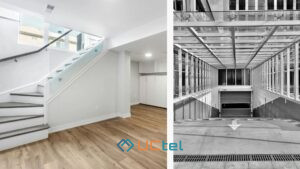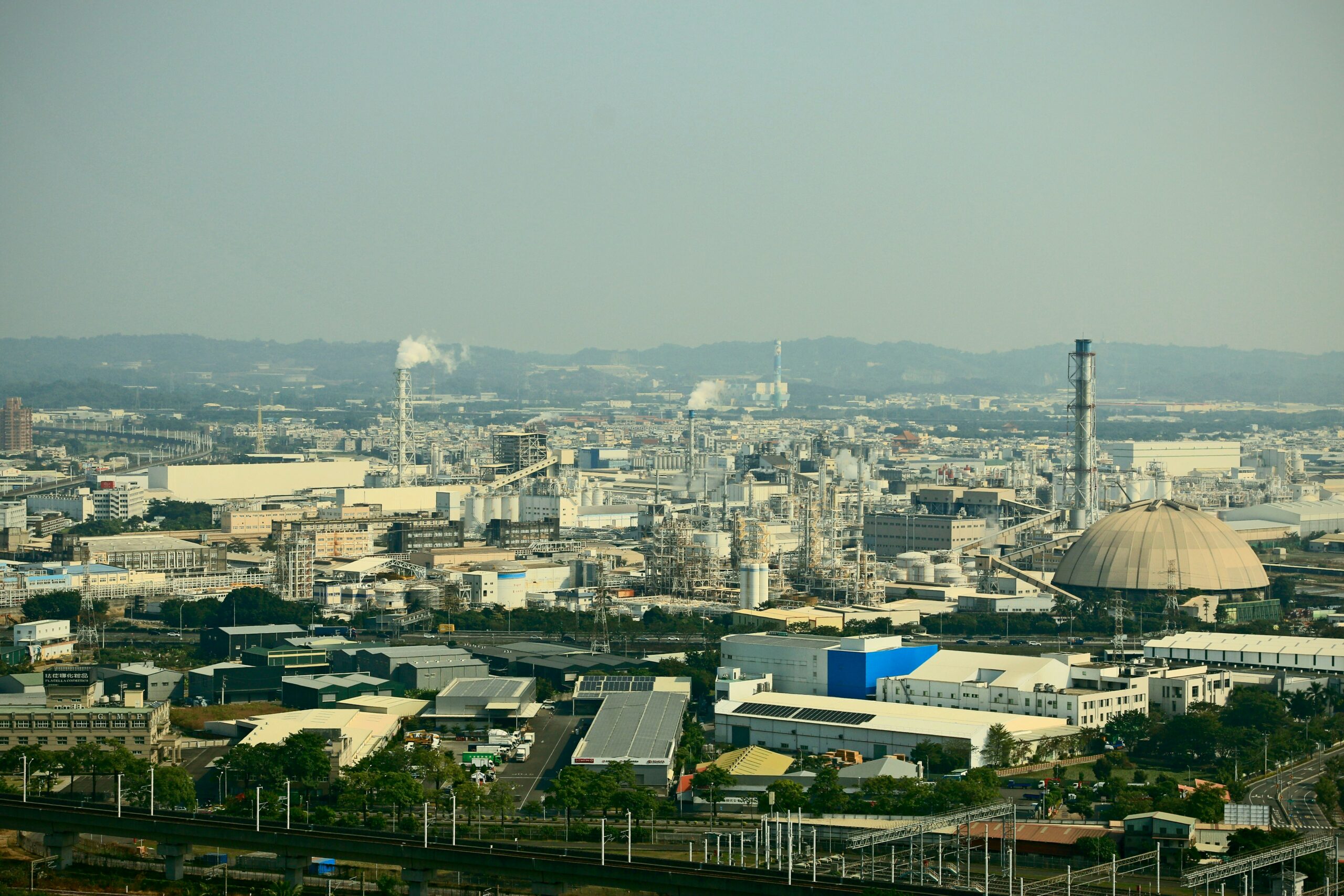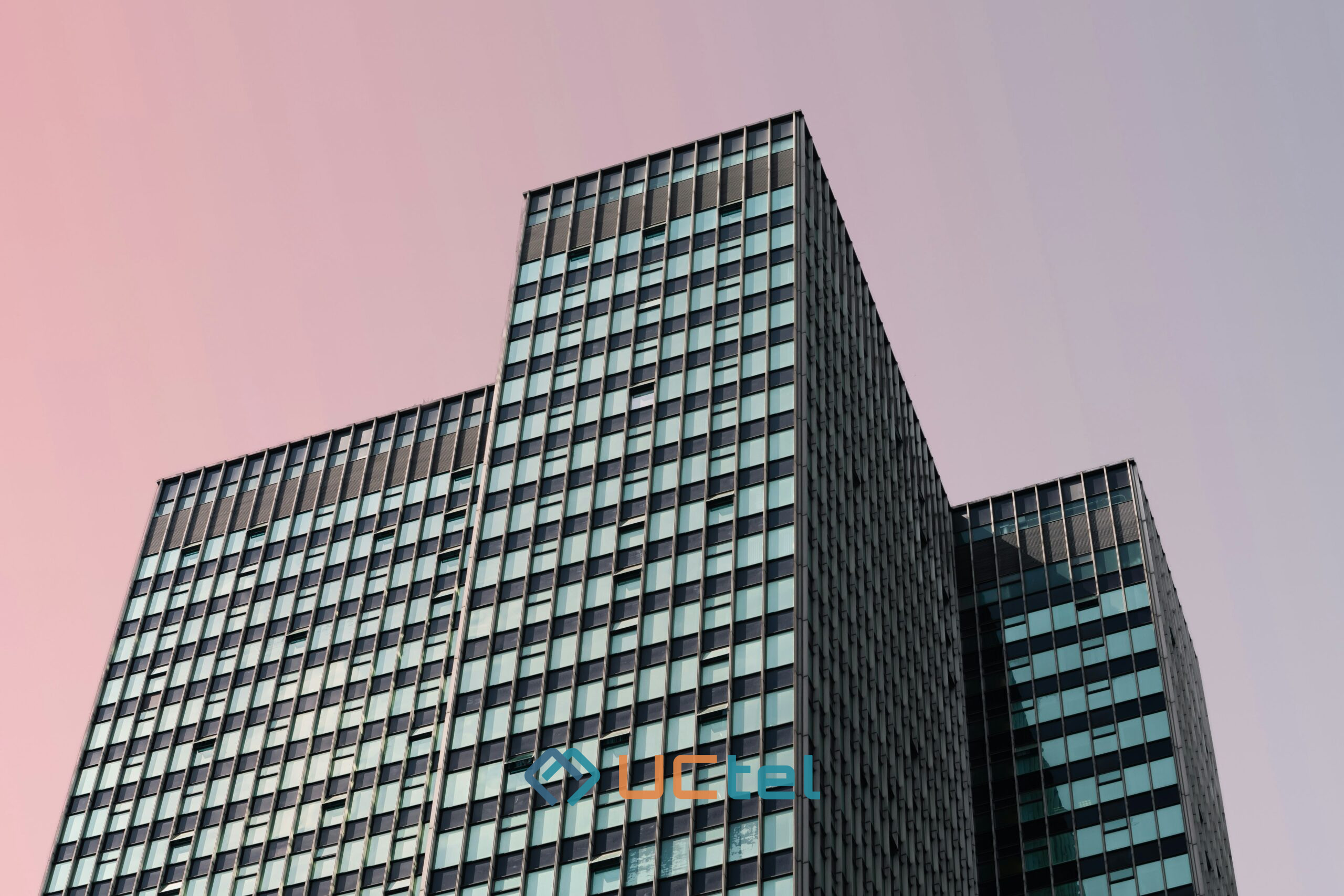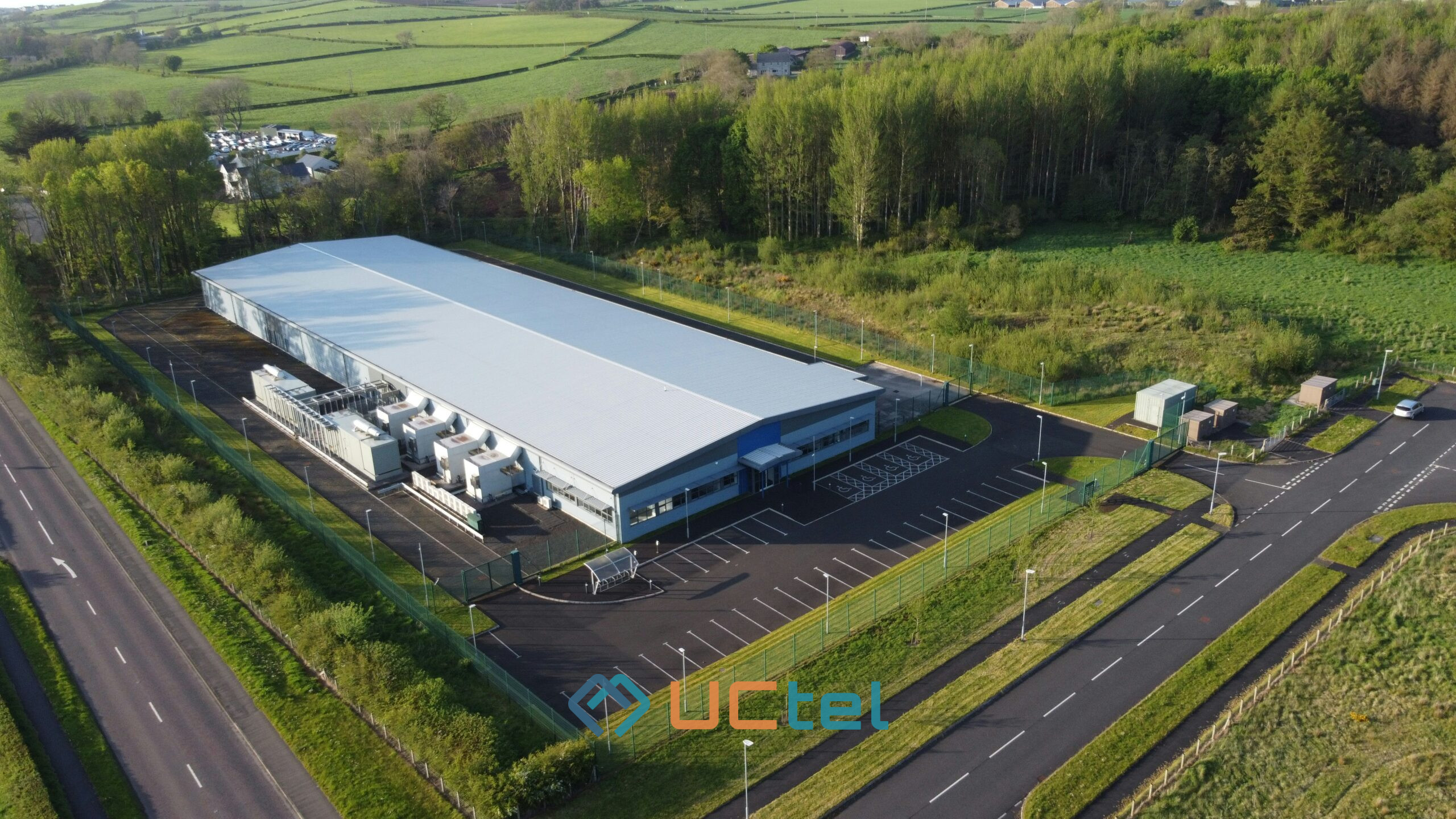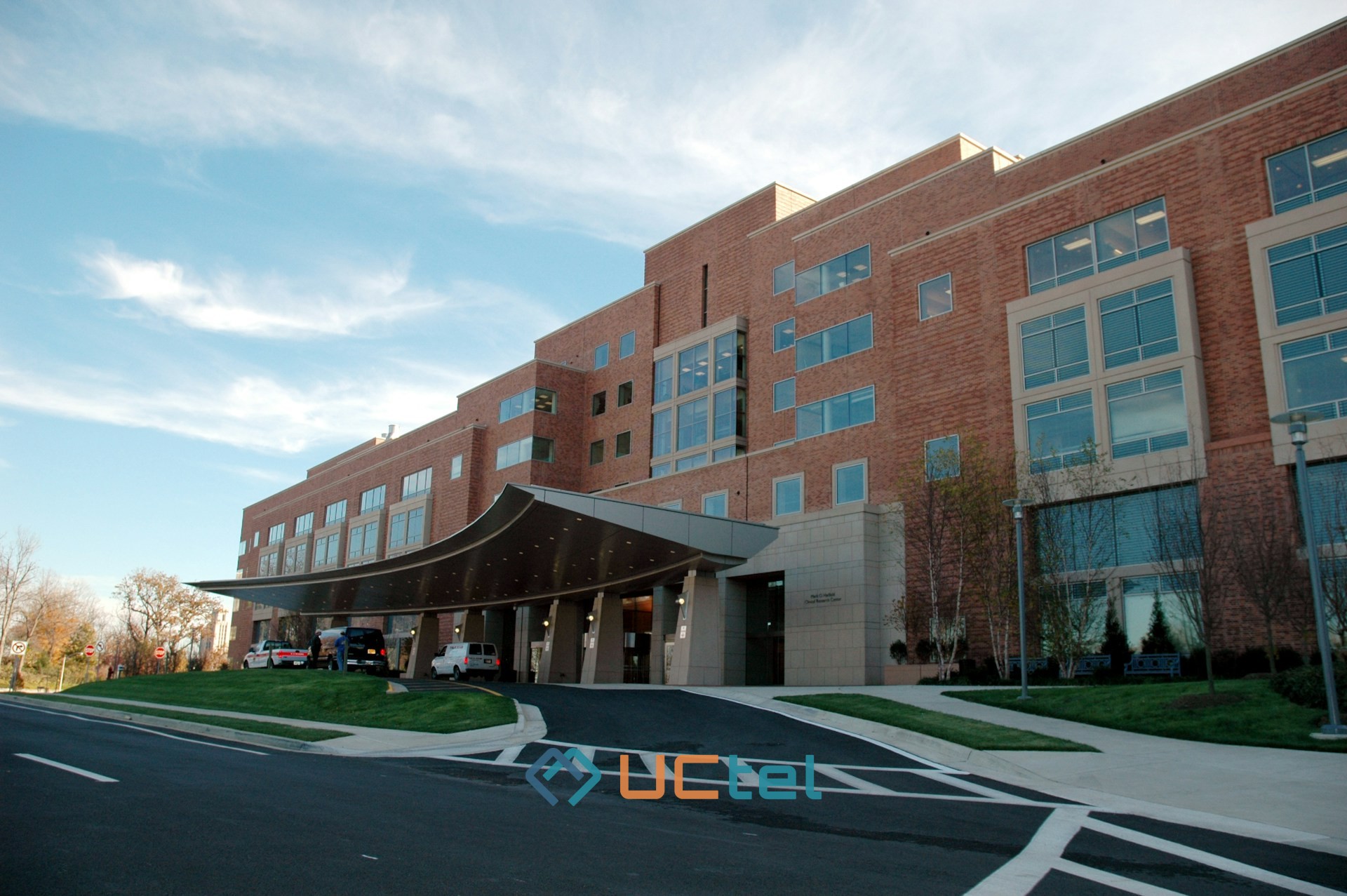
Signal Booster Installation for Commercial Building: Mobile Phone Boosters for Offices and Commercial Spaces
Table of contents
In today's connected world, maintaining reliable mobile communication within commercial buildings presents significant challenges. Modern office structures with their steel frameworks, concrete walls, and energy-efficient windows create environments where mobile signals struggle to penetrate.
According to a 2024 industry report, nearly 78% of commercial buildings experience significant signal degradation, affecting business operations and productivity. Professional signal booster installation for commercial buildings has become essential infrastructure rather than an optional upgrade.
Understanding commercial building signal challenges
How building materials impact signal strength
Commercial buildings utilise materials that inherently block mobile signals. Reinforced concrete structures and metal frames can reduce signal strength by up to 90%, while low-E glass windows commonly used in modern office buildings attenuate signals by approximately 40-60%.
Multi-floor configurations compound these issues by creating vertical barriers that mobile signals must navigate.
The physics behind signal degradation explains why professional solutions are necessary:
- Concrete walls can reduce signal strength by 10-20 dB
- Metal structures and elevators create Faraday cage effects
- Energy-efficient windows with metallic coatings block radio frequency waves
- Underground areas lack direct line-of-sight to mobile towers
- Distance from the nearest carrier tower exponentially weakens available signal
Common dead zone locations in commercial spaces
Indoor coverage problems typically occur in predictable locations throughout commercial properties. Elevators, central conference rooms, basements, and stairwells frequently become mobile dead zones. These areas create significant business disruptions, including dropped client calls, inability to access cloud-based resources, and compromised emergency communications.
The business impact of these dead zones includes:
- Reduced employee productivity when moving between areas
- Customer frustration when unable to maintain connectivity
- Safety concerns when emergency communications fail
- Inability to leverage mobile business applications consistently
- Perceived unprofessionalism when calls drop during important conversations
Professional signal booster solutions for business environments
Ofcom-approved commercial-grade systems
Enterprise-grade signal amplification systems provide significantly more capability than consumer models. Commercial solutions can boost signals across up to 30,000 square meters with proper installation and favorable outside conditions.
These systems handle hundreds of simultaneous users across multiple frequency bands, ensuring everyone in the building maintains connectivity regardless of their carrier.
Key technical specifications of commercial boosters include:
- Maximum gain ratings of 65-72 dB compared to 50-65 dB for residential systems
- Support for 100+ simultaneous users per frequency band
- Coverage capabilities up to 30,000 square meters with strong outside signal
- Adjustable gain controls to prevent tower interference
- Remote monitoring capabilities for system performance tracking
Multi-carrier compatibility features
Modern commercial mobile booster systems amplify signals across all major carriers simultaneously. This carrier-agnostic approach ensures that employees, clients, and visitors maintain connectivity regardless of their service provider.
The systems boost voice calls, text messages, and 4G/5G data transmission equally, creating a comprehensive solution.
The commercial signal booster installation process
Pre-installation site survey and planning
Professional installations begin with comprehensive site surveys to map existing signal strength throughout the building. Technicians use specialised equipment to measure current mobile performance and identify problem areas. This data informs a custom system design that addresses the specific needs of the property.
The site survey process typically includes:
- Exterior signal strength measurement from all available carrier towers
- Indoor signal mapping across all floors and sections
- Building material assessment and signal attenuation calculation
- Traffic pattern analysis to identify high-usage areas
- Documentation of potential antenna mounting locations and cable pathways
Component selection and deployment strategy
Professional signal booster systems require careful component selection based on building characteristics. The external antenna type (directional or omnidirectional) depends on the surrounding tower infrastructure. Amplifier units must match the building's size and user requirements. Indoor antenna placement requires strategic planning to ensure uniform coverage.
- Directional outdoor antennas when strong signal comes from one direction
- Omnidirectional antennas for capturing signals from multiple towers
- Dome antennas for open office layouts with dropped ceilings
- Panel antennas for targeted coverage in specific directions
Custom-designed booster solutions for large-scale deployments
Scalable systems for growing businesses
Properly designed commercial building signal booster installations accommodate future growth. Modular systems allow for additional components without replacing the entire infrastructure. This scalability protects the initial investment while providing flexibility for expanding businesses.
Integration with existing building infrastructure
Professional installers coordinate with facility managers to integrate booster systems with existing building management systems and infrastructure. Cable pathways follow established routes where possible, and antennas blend with architectural elements. The installation process minimises business disruption while maximising system performance.
Maximising ROI from your signal booster investment
Ongoing support and system maintenance
Quality mobile signal enhancement solutions include remote monitoring capabilities that allow for proactive system management. These tools track performance metrics and alert technicians to potential issues before they affect users. Regular maintenance ensures optimal performance and extends system lifespan.
- Quarterly performance reviews and optimisation
- Firmware updates to maintain compatibility with evolving networks
- System reconfiguration as carrier technologies advance
Measuring improvement and business benefits
The success of a commercial signal amplification installation can be quantified through before-and-after performance metrics.
These improvements translate directly to business benefits through enhanced productivity, communication reliability, and customer satisfaction. Companies typically report significant returns on their signal booster investments within 12-18 months through measurable operational improvements.
From offices to warehouses, we’ve got you covered. Contact UCtel for a tailored solution.




